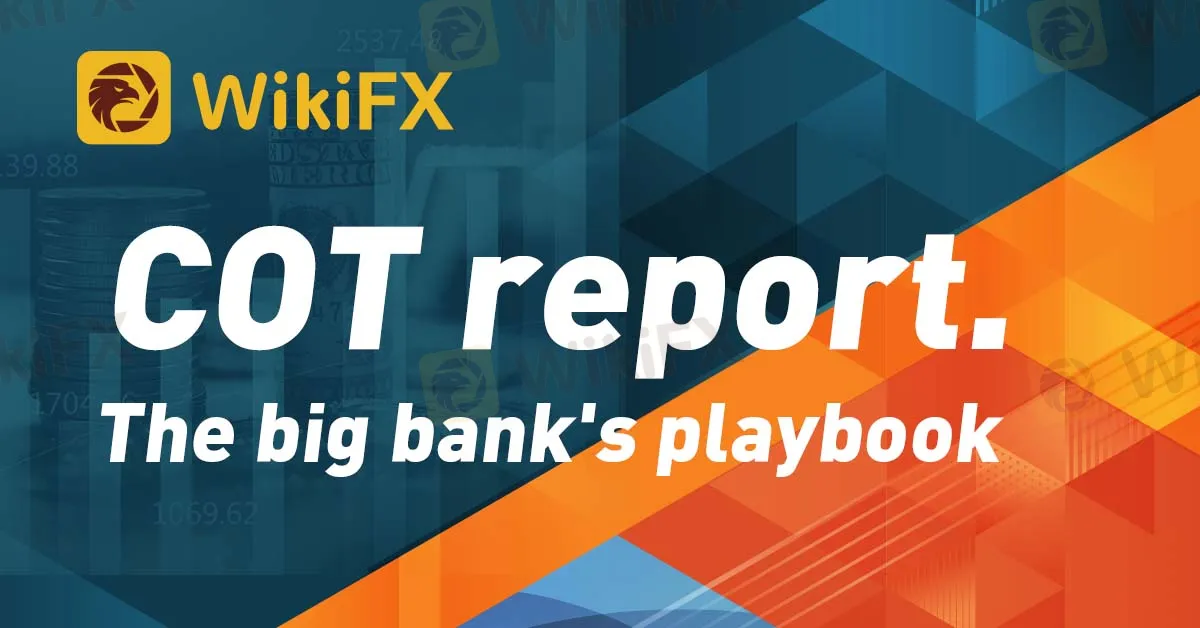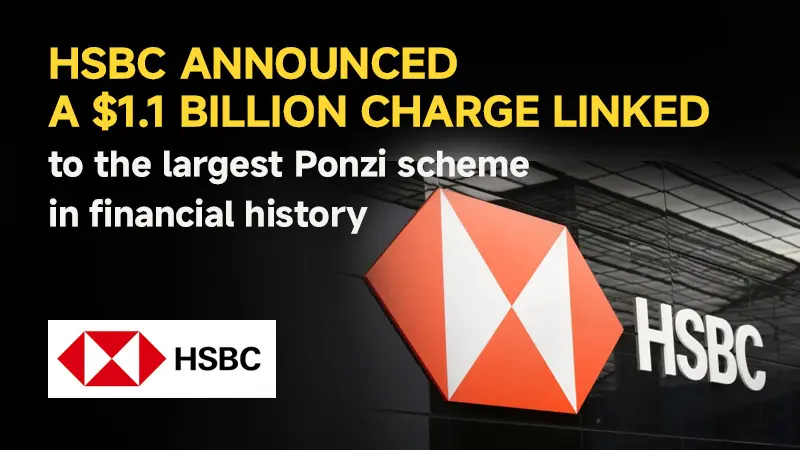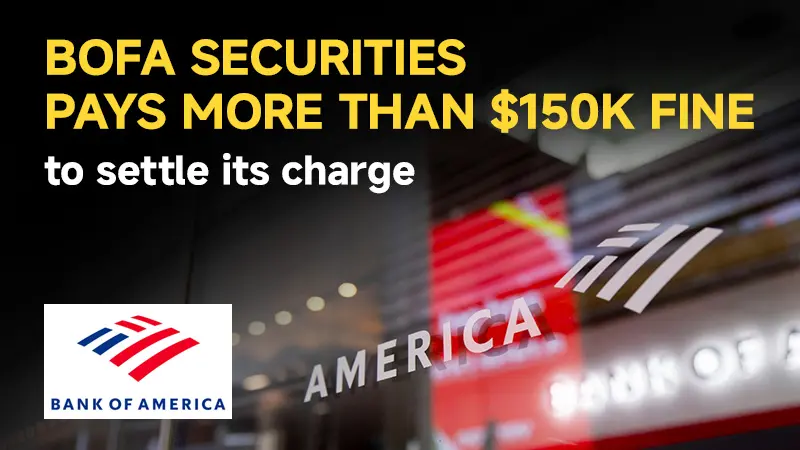简体中文
繁體中文
English
Pусский
日本語
ภาษาไทย
Tiếng Việt
Bahasa Indonesia
Español
हिन्दी
Filippiiniläinen
Français
Deutsch
Português
Türkçe
한국어
العربية
COT report. The big bank's playbook
Abstract:Spend enough time on the charts and you will begin to wonder what makes it all tick. The big answer is big banks looking for liquidity. The thing is they cannot move all of their money into the markets, they have to do it slowly. Not only that, but they have to report their positions to the government every week which it releases as the Commission Of Traders (COT) report. Today we will discuss what this report does and why you need to keep your eye on it.

Spend enough time on the charts and you will begin to wonder what makes it all tick. The big answer is big banks looking for liquidity. The thing is they cannot move all of their money into the markets, they have to do it slowly. Not only that, but they have to report their positions to the government every week which it releases as the Commission Of Traders (COT) report. Today we will discuss what this report does and why you need to keep your eye on it.
What is the COT report
To ensure that big banks and financial institutions are playing by the rules, the USA government requires that these institutions report their current positions on any instrument they hold. They report their positions on Tuesday, the government then gathers all the data from multiple institutions then releases the data in a comprehensive format as the COT report on Friday 9am New York time
Within that report you can gain an overall insight into the long term moves by looking at their current positions. As I said, big banks have no intention of pouring all of their money at once. Some moves usually take weeks to work out and so by looking at which instruments they are most invested in and by looking which side (short or long) do they have their most positions open, you can then state that as your long term direction and invest accordingly
Pros and cons of the COT report
Pros
This is the only available trading tool out there that gives you the best insight into the big players playbook. Over weeks you can monitor their moves and play along with their direction, not against (you will always fail if you do). It is consistent too. By law these institutions are meant to report their positions so they are forced to play along, meaning we do not have to wait on the good will of the big institutions to conform.
Cons
The report sometimes lags. These positions are reported on Tuesday then released on Friday. A lot can happen in those three days that may not make sense when you finally get the report. There are times that these institutions decide to only throw in their meaningful moves after the report. Sometimes you can get set in for a move for the coming week with information that will literally be a week old by the time you want to use it on Monday, which can work against your favor as the banks might switch tune over that week and you will only find out at the end of the week of their change of mind. But remember, it takes a long time for these institutions to stir the ship. So it is not so common that they will make drastic moves during the week
Another thing is this report is mostly suited for swing traders. Day traders who trade for 100 to 50 pips at a time, it will be hard to make this information all that useful as the market will move up and down multiple times during the day. It can help you decide your trading direction bias for the week but you are expected to exercise caution.

Disclaimer:
The views in this article only represent the author's personal views, and do not constitute investment advice on this platform. This platform does not guarantee the accuracy, completeness and timeliness of the information in the article, and will not be liable for any loss caused by the use of or reliance on the information in the article.
Read more

ASIC Launches Preliminary Investigation into Clime Australian Income Fund
The Australian Securities and Investments Commission (ASIC) has launched a preliminary investigation into the Clime Australian Income Fund, examining whether the Fund’s Target Market Determination (TMD) and Product Disclosure Statement (PDS) comply with Australian financial regulations. The investigation will also assess whether any breaches of the law have occurred in relation to the Fund’s investment activities.

HSBC announced a $1.1 billion charge linked to the largest Ponzi scheme in financial history
The British banking giant HSBC Holdings Plc has announced a potential $1.1 billion charge connected to the long-running Bernard Madoff Ponzi scheme, following a legal ruling in Luxembourg. The claim stems from Herald Fund, a European investment fund that sued HSBC over alleged losses related to the Madoff fraud.

BofA Securities pays more than $150K fine to settle its charge
BofA Securities, Inc. (BofAS) has agreed to pay a $155,000 fine and accept a censure from the Financial Industry Regulatory Authority (FINRA) after FINRA found multiple violations of market trading and supervisory rules.

SC Urges Malaysians To Stay Alert As Scam Complaints Double Since 2020
Malaysia’s Securities Commission warns that complaints about unlicensed investment activities have doubled in five years—3,602 cases in 2024 and 2,039 in H1 2025—highlighting increasingly sophisticated scams targeting even professionals and seniors. Schemes often mimic legitimacy, then block withdrawals via “compliance” or “maintenance” excuses. The core defense is pre-investment verification and ongoing risk control.
WikiFX Broker
Latest News
Forex24 Faces CySEC Fine for Late Compliance Filing
One Wrong Move Wiped Out a Government Retiree’s Lifetime Savings
MH Markets Review 2025: Trading Platforms, Pros and Cons
Octa FX in Pakistan: The Complete Guide to Local Payments, Regulation, and Support
Mekness Review: Traders Report Alleged Fund Scams & Account Blocks
INTERPOL, AFRIPOL Crack Down on Africa Terror Finance
Forex Scam Checker Philippines: Verify Brokers with WikiFX
"Our Business Has Died": Texas Services Sector Sentiment Slumps Further In October
D Prime to Exit Limassol Office Amid Doo Group Restructure
Fake Trading Platforms Are Spreading Fast Across Asia | How Investors Are Being Tricked
Currency Calculator



